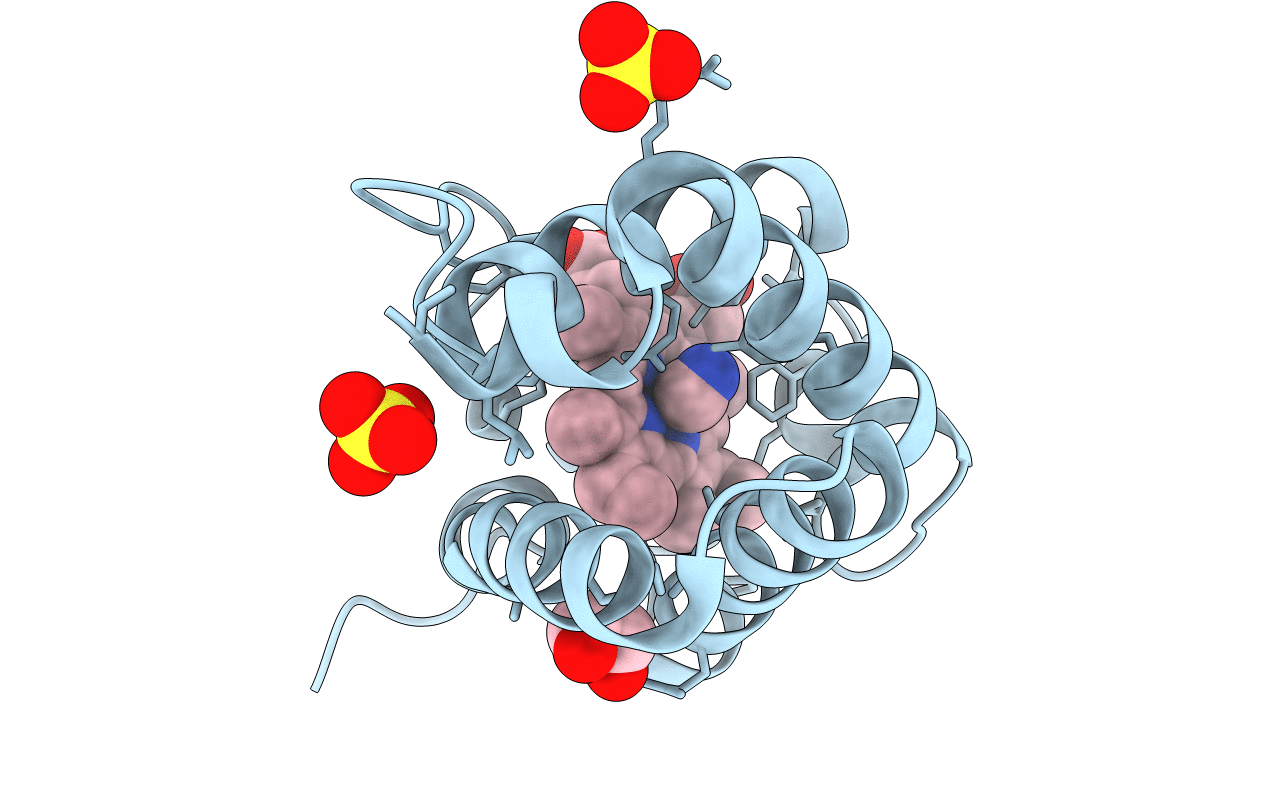
Deposition Date
1999-12-13
Release Date
2000-09-20
Last Version Date
2024-02-07
Entry Detail
PDB ID:
1DLY
Keywords:
Title:
X-RAY CRYSTAL STRUCTURE OF HEMOGLOBIN FROM THE GREEN UNICELLULAR ALGA CHLAMYDOMONAS EUGAMETOS
Biological Source:
Source Organism:
Chlamydomonas eugametos (Taxon ID: 3053)
Host Organism:
Method Details:
Experimental Method:
Resolution:
1.80 Å
R-Value Free:
0.22
R-Value Work:
0.19
R-Value Observed:
0.19
Space Group:
P 21 21 21


